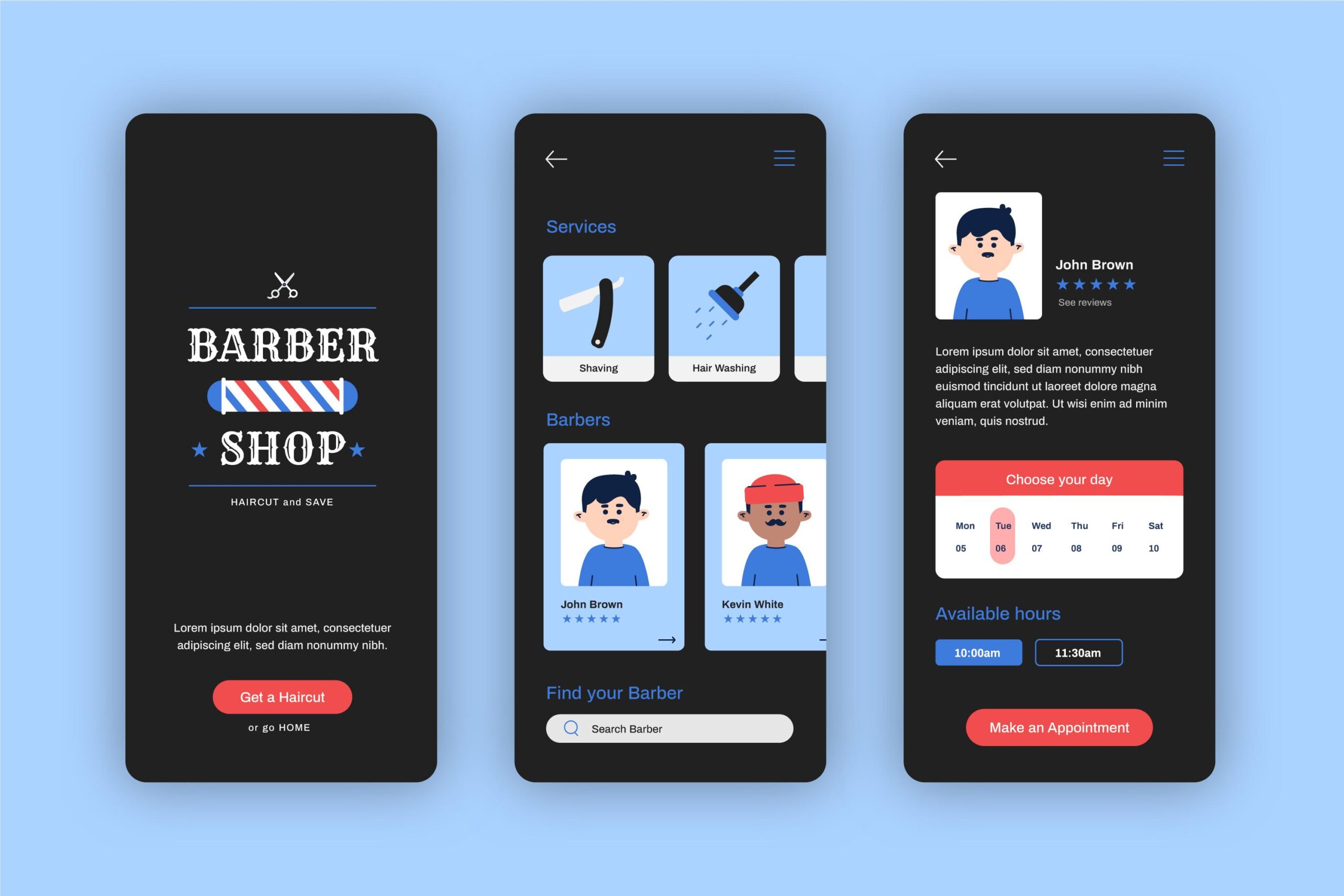
Web design is at the intersection of creativity and technology. It involves crafting visually stunning and user-friendly websites that communicate effectively with an audience. In today’s digital world, a well-designed website can make or break a business. This guide explores the key aspects of web design, its importance, principles, and how to excel in this ever-evolving field.
What is Web Design?
Web design is the process of planning, conceptualizing, and arranging content online. It goes beyond aesthetics, encompassing functionality, user experience (UX), and the use of design tools and technologies. A great website is not just visually appealing but also easy to navigate, responsive, and aligned with the brand’s objectives.
Why is Web Design Important?
- First Impressions Matter: Your website is often the first interaction users have with your brand. A professional design builds trust and credibility.
- Improves User Experience: Thoughtful design makes it easier for users to find information and perform desired actions.
- Enhances SEO Efforts: A well-structured website with clean code and optimized content ranks better on search engines.
- Boosts Conversion Rates: An intuitive and engaging design encourages users to take action, whether it’s making a purchase, signing up, or contacting your business.
- Supports Brand Identity: Consistent design elements reinforce your brand message and values.
Key Principles of Web Design
1. Purpose and Clarity
- Define the primary goal of your website. Is it to inform, sell, entertain, or generate leads?
- Keep the layout clean and uncluttered to help users focus on key elements.
2. Responsive Design
- Ensure your website looks and functions well on all devices, from desktops to smartphones.
- Use flexible grids, media queries, and scalable images.
3. Visual Hierarchy
- Guide users’ attention with strategic placement of elements, contrasting colors, and varying font sizes.
- Highlight important content such as CTAs (Call-to-Actions) and headlines.
4. Usability
- Design intuitive navigation with clear menus, search functionality, and breadcrumbs.
- Ensure links and buttons are easy to identify and interact with.
5. Typography and Readability
- Use legible fonts and maintain proper line spacing and contrast.
- Limit the number of font styles to two or three for consistency.
6. Color and Contrast
- Choose a color palette that aligns with your brand identity and evokes the right emotions.
- Ensure sufficient contrast for readability, especially for text over backgrounds.
7. Loading Speed
- Optimize images, minimize HTTP requests, and use caching to reduce loading times.
- A fast-loading website improves user satisfaction and SEO performance.
The Web Design Process
Research and Planning
- Understand your audience and their needs through user personas and analytics.
- Define the site’s structure and content hierarchy.
- Sketch a sitemap to outline the navigation and flow.
Wireframing and Prototyping
- Create low-fidelity wireframes to plan layouts and functionality.
- Use tools like Figma, Adobe XD, or Sketch to design interactive prototypes.
Visual Design
- Develop a consistent style guide with fonts, colors, and imagery.
- Focus on aesthetics without compromising functionality.
Content Creation
- Write clear and concise copy tailored to your audience.
- Include engaging visuals like images, videos, and animations.
Development
- Translate the design into code using HTML, CSS, and JavaScript.
- Use a CMS (Content Management System) like WordPress or Webflow for easier content updates.
Testing and Launch
- Test the website for usability, responsiveness, and cross-browser compatibility.
- Fix any bugs and ensure all links and forms are functional.
- Launch the site and monitor performance using analytics tools.
Common Web Design Mistakes to Avoid
1. Overloading the Interface
- Too many elements can confuse users. Focus on simplicity and clarity.
2. Ignoring Mobile Users
- A website that isn’t mobile-friendly can lose a significant portion of its audience.
3. Poor Navigation
- Complicated menus and broken links lead to frustration.
4. Slow Loading Times
- Optimize assets to prevent users from abandoning your site.
5. Inconsistent Branding
- Mismatched colors, fonts, and imagery dilute your brand’s identity.
Trends in Web Design
1. Minimalism
- Clean layouts with plenty of white space enhance focus and readability.
2. Dark Mode
- A popular option that reduces eye strain and adds a modern touch.
3. Microinteractions
- Subtle animations and feedback improve engagement.
4. Voice Search Optimization
- Designing for voice interactions with clear and structured content.
5. AI and Chatbots
- Enhancing user support and personalization with intelligent chat features.
6. 3D Elements and AR
- Incorporating immersive experiences for gaming, retail, and real estate websites.
How to Improve Your Web Design Skills
- Learn Continuously:
- Follow web design blogs and attend workshops or online courses.
- Collaborate with Others:
- Work with developers, content creators, and marketers to understand different perspectives.
- Seek Feedback:
- Share your designs with peers or mentors for constructive criticism.
Conclusion
Web design is both an art and a science. It requires a balance of creativity, technical knowledge, and a deep understanding of user behavior. By mastering the principles, following a structured process, and leveraging the right tools, you can create websites that not only look great but also deliver exceptional user experiences. Whether you’re building a personal portfolio, an e-commerce site, or a corporate webpage, the power of good web design can elevate your project and help you achieve your goals.
Devoq design is UI/UX Design Agency in Wagga Wagga or UI/UX Design Agency in Albury and searching for a premier UI/UX design agency, look no further than Devoq Design. Specializing in crafting user-friendly and visually stunning digital experiences, Devoq Design helps businesses transform their ideas into impactful websites and applications. With a focus on user-centric design and seamless functionality, the agency tailors solutions to meet the unique needs of clients across various industries. Whether you’re building a new platform or revamping an existing one, Devoq Design in Wagga Wagga and Albury is committed to delivering exceptional results that elevate your brand and engage your audience.







